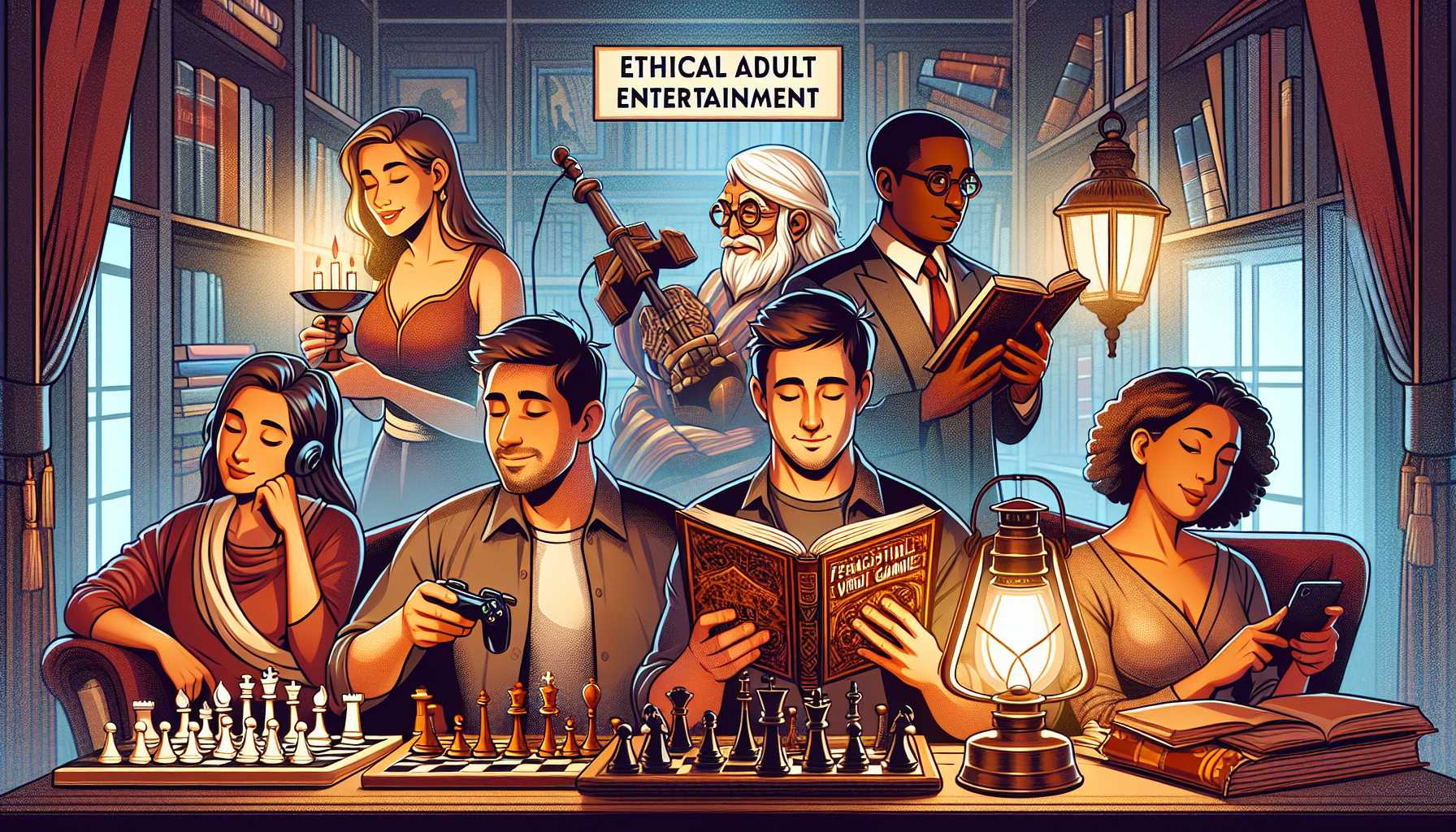The Evolution of TikTok’s User Experience: Watch History Unveiled
TikTok, the cultural phenomenon sweeping across every age demographic, has finally addressed a pain point for its serial scrollers—recovering lost videos. Once upon a time (which is to say, until very recently), diving back into your watch history to find that one golden video was akin to a digital excavation. But now, in a move that’s been as anticipated as the finale of a hit TV series, TikTok has streamlined access to your video viewing past. So, grab your digital shovels, TikTok aficionados! No longer must you navigate a labyrinth of steps as obscure as the plot of a Christopher Nolan film to find your precious content. With a few simple taps on ‘Settings and privacy,’ you can unearth your last 180 days of watched videos as effortlessly as scrolling through your ‘For You’ page. Want to cleanse your history? It’s just a select, tap, and delete away. But don’t think you can pull a fast one on the TikTok algorithms; they’ve got a memory like an elephant, holding onto your data to optimize your future binges.
From Obscurity to Openness: The Astek Diagnostics Story
Now, let’s pivot from social video to medtech startups, where fundraising feels more like traversing a high-tech tightrope than a walk in the park. Astek Diagnostics recently closed a $2 million round for their urine diagnostics system, and their pitch deck teeters between academic prowess and a siege mentality. With a hefty 22-slides, Astek endeavors to trap investment with a weave of technicalities and a fortress of defensibility concerning intellectual property. Astek’s tale through their pitch deck offers lessons in the art of startup storytelling and the pirouettes around patent jargon. They lay out the problem—vast hospitalizations, speed and accuracy woes—and hint at a life-saving solution. Investors are coaxed onto the edges of their seats with substantial market sizes and patted on the back with reassurances of defendability via a myriad of IP protections. Yet, while their IP list is a high tower, some bricks seem out of place. Provisional patent numbers and enigmatic entries make one wonder if the tower is as sturdy as it appears. As a tech pundit with an eye for the esoteric, I decrypt the Astek pitch deck, sparing no critique. From highlighting the need for clarity on team slides to questioning an early CFO hire—every slide is held up to the light like a diamond being appraised. Make no mistake, the journey from problem statement to tech walkthrough is as educational for startup enthusiasts as it is scrutinized by potential investors.
Pornhub and the Quest for Ethical Consumption
Onto a more titillating, yet equally intricate, subject—pornography. Porn is big business, and two companies dominate the scene: Aylo, formerly known as MindGeek, and WGCZ—the shrouded puppeteer behind XVideos. They stand as titans above an industry that wrestles with ethics, exploitation, and enforcement. Pornhub, one of Aylo’s many crowns, stirs in a cauldron of controversies ranging from monopolistic tactics to non-consensual content scandals. The implications of such dominance ripple out across free porn sites, affecting the very livelihood of performers and reshaping how audiences consume adult content. Ethical alternatives emerge, suggesting a future where self-love is both sustainable and guilt-free. From high-brow apps like Dipsea to the principled stands of OnlyFans creators, the blueprint for a new paradigm of pleasure is being drafted.
Midnight Blizzard: A Persistent Chill in Cyberspace
The stage darkens as Russian hackers, known as Midnight Blizzard, persist in their crusade against Microsoft’s fortifications. These digital assailants, believed to be part of Russia’s Foreign Intelligence Service, dance around firewalls and dodge cyber traps with a cacophony of password sprays and phishing lures. The stakes are monumental, as access to company source codes and employee emails puts not just corporate secrets but global digital security at risk. In this game of cyber chess, Microsoft remains vigilant, patching, enforcing, and counter-strategizing against the shadowy web of Midnight Blizzard. This is the digital warfare of our era, where every keystroke could be a salvaged pawn or a toppling king.
The Outcry for Ethical Technology: Project Nimbus and Google’s Moral Quagmire
Finally, we draw the curtains with a dramatic outburst at a New York tech event. A Google Cloud engineer, in a moment redolent of Silicon Valley’s ethical quandaries, protests Project Nimbus—a heavyweight deal with the Israeli military, feared to contribute to surveillance and perhaps worse. As a bastion of democratic values, Google fosters a culture of discourse, yet when push came to protest, the engineer found his employment severed like a frayed network cable. Such reactions underscore the burgeoning consciousness within tech circles—a hunger for purpose and ethics that eclipses revenue and recognition. As product managers and leaders, the quest for meaningful technology becomes our own modern odyssey, fraught with sirens and storms but ultimately steering towards a horizon of societal benefit.
This tapestry of news from the realms of social media, medtech, adult entertainment, cybersecurity, and ethical tech demonstrates the vast ecosystem in which we plunge our minds and mouses. Tech, in its infinite sprawl, is not just about gigabytes and gadgets; it’s about people, principles, and the persistent pursuit of improvement, both within our devices and within ourselves.





